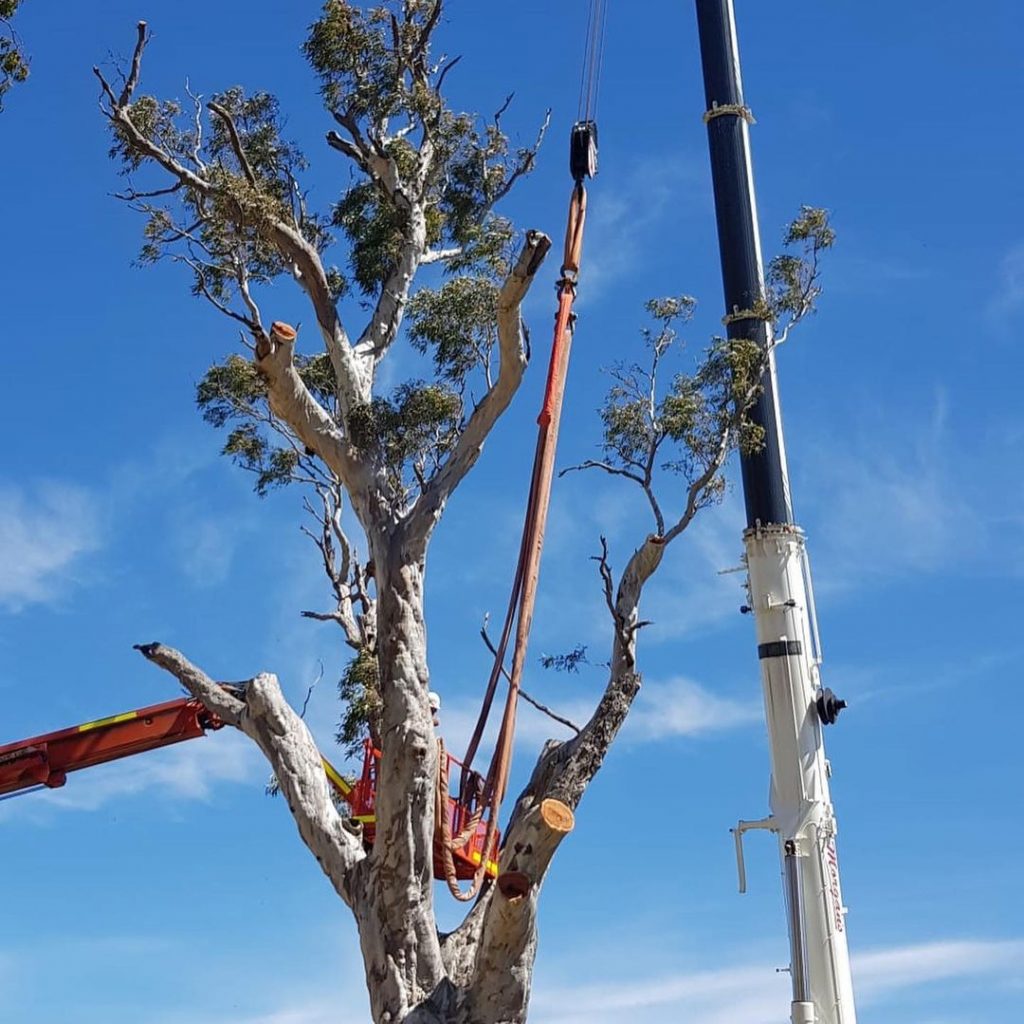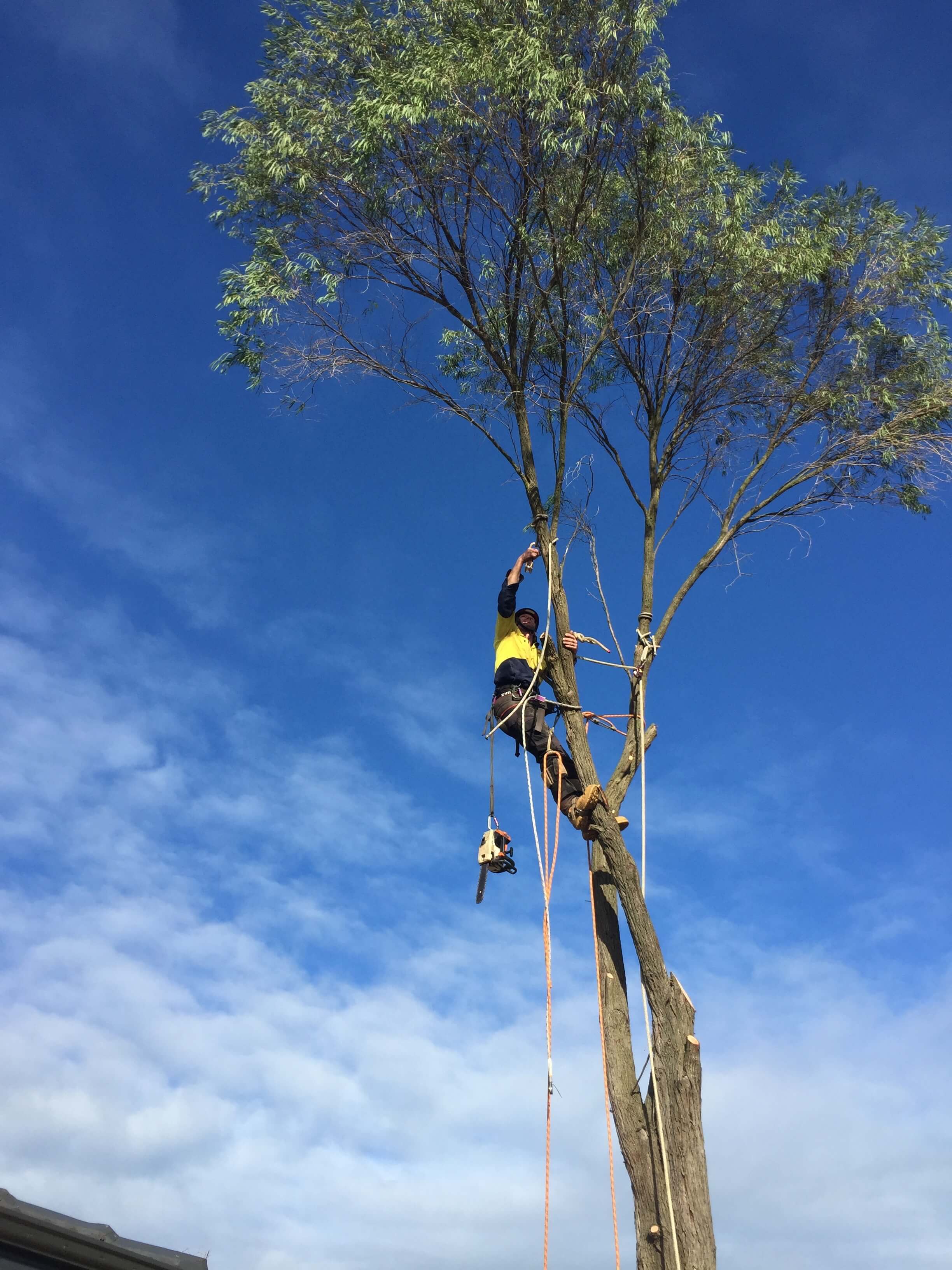All Categories
Featured
The removal of trees can produce open spaces that are vulnerable to weed invasion. When trees are existing, their dense covers usually shade the ground, limiting the amount of sunshine that gets to the soil. Nevertheless, after the removal of trees, these open locations receive boosted sunlight, offering optimal problems for weed development.

They might suggest the usage of compost, which acts as a safety barrier on the soil surface, preventing weed seeds from sprouting and suppressing weed growth.

The visibility of trees fosters a rich and varied community of dirt microbes. Tree origins offer a source of raw material, exudates, and nutrients that sustain the growth and task of advantageous soil bacteria. However, when trees are eliminated, the lack of their origins can interrupt the fragile balance of the dirt's microbial ecological community.
Is It Worth Paying For Tree Loppers Wollongong?
This change in pH can affect nutrient availability, microbial activity, and total dirt health and wellness. To resolve the results of tree cutting on soil pH, tree removal professionals can give important recommendations. They may recommend soil screening to examine the present pH degrees and identify the needed adjustments. Based upon the outcomes, specialists can recommend pH modification methods, such as including lime to elevate dirt pH or including essential sulfur to lower it.

It refers to the compression of soil bits, leading to decreased pore space and raised dirt thickness. This compaction can adversely affect the dirt's capacity to work efficiently, influencing its water-holding capability, vitamins and mineral schedule, and root penetration. Correct techniques utilized by tree elimination experts can aid lessen compaction and maintain the dirt's capability to retain water, and enable adequate air movement and careful equipment handling.
Latest Posts
Who Is The Best Tree Cutting Services Wollongong Service?
How Much Does Full Service Arborist Wollongong Cost?
How Do I Find A Tree Removal Wollongong Service?